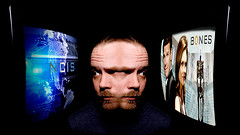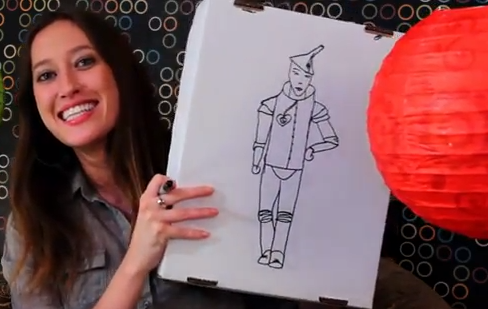Submitted by dillon coil last modified Fri, 08/15/2008 - 11:18am
 On August 4, 2008, the trend toward remote network based services received a breath of fresh air in its sails; The Second Circuit reversed the March of 2007 decision of the United States District Court of the Southern District of New York which ruled Cablevision, a cable provider to customers in Long Island, NY, had infringed the rights of various copyright holders by providing remote network based DVR services to their customers. This reversal is a great victory for innovation in the fast growing area of remote network based services, and a great thing for technology consumers.
On August 4, 2008, the trend toward remote network based services received a breath of fresh air in its sails; The Second Circuit reversed the March of 2007 decision of the United States District Court of the Southern District of New York which ruled Cablevision, a cable provider to customers in Long Island, NY, had infringed the rights of various copyright holders by providing remote network based DVR services to their customers. This reversal is a great victory for innovation in the fast growing area of remote network based services, and a great thing for technology consumers.
After Cablevision released its network based DVR service, various television networks, including the Cable News Network and the Cartoon Network, brought copyright claims against Cablevision. The plaintiffs alleged that because Cablevision allowed their customers to record and view time shifted recordings of their television programming from their central servers as opposed to the individual set top boxes, Cablevision violated the networks’ exclusive right to make copies of and publicly perform their works.
The district court agreed with the plaintiffs, failing to consider the non-infringing uses of the technology and the very purpose of copyright laws. They argued that because the remote storage is a “service” and not a device, the equipment is at Cablevision’s building and not in customers’ homes, Cablevision controls what can be recorded, and the service is too similar to video on demand services, Cablevision is directly liable for infringement. The court basically ignored the fact that the “service” did nothing more than a regular DVR and focused merely on the fact that because the time-shifted recordings are transmitted back to customers with the same infrastructure as video on demand content, the service is too dissimilar to a VCR to receive protection under the 1984 U.S. Supreme Court Betamax decision which safeguarded VCR manufactures from copyright liability.
As usual, the intersection of new technology and copyright law lead to confusion. Non-tech-savvy judges tend to focus too much on the technical aspects of a new technology and compare it to the old, failing to address the practicalities of their decisions. The Second Circuit fortunately took the practical route in their reasoning, focusing on who was actually responsible for recording the programs as opposed to the technical infrastructure of the remote DVR service. They concluded that individual customers and not Cablevision recorded the programs because programs were only recorded when customers pressed ‘record’ on their remote controls.
The new decision benefits consumers and cable providers on a variety of levels. First, central storage of recorded programming is cheaper, more secure, and more reliable. It is significantly cheaper to bundle storage in a large central server and generally you can provide faster and more reliable equipment than the cheap hard drives currently packed into DVR units. Because hard drives generate a tremendous amount of heat, and people don’t want a noisy fan in their DVR disrupting their audio visual experience, the cooling systems in DVRs have traditionally been inadequate, requiring frequent replacement in some instances. When customers replace their set top boxes they have to reset all of their recording preferences and they lose their previously recorded programing.
Second, the previous 2007 decision was very damaging to the remote data storage industry in general. While remote storage is cheaper and more convenient, the 2007 decision likely chilled development of the technology. The Second Circuit's decision will serve as a guiding light in future litigation over remote data storage services like Cablevision's such as Mp3tunes.com , a remote music storage locker that has come under fire from the RIAA and others.
The Second Circuit was careful to point out that their decision only applies to non-infringing uses, so the application of the decision to cases services such as Mp3tunes will largely depend on whether the court sees Mp3tunes as a non-infringing use of music. If the courts look at Mp3tunes from a practical standpoint, understanding that users are the ones causing the music to be played on their computers and not Mp3tunes specifically, the prospects for Mp3tunes look great.
Unfortunately, the Second Circuit's decision will probably not be the end of the fight. Blind to the possibilities offered by this innovative technology and in fear of losing the benefits of their video on demand profits, the plaintiffs will likely appeal to the Supreme Court. Hopefully the Court has the wisdom to affirm.
"What to Watch, What to Tape " is licenced under a CC Attribution - Noncommercial 2.0 license by "Cayusa " on Flickr.com




